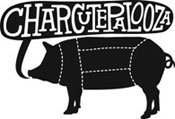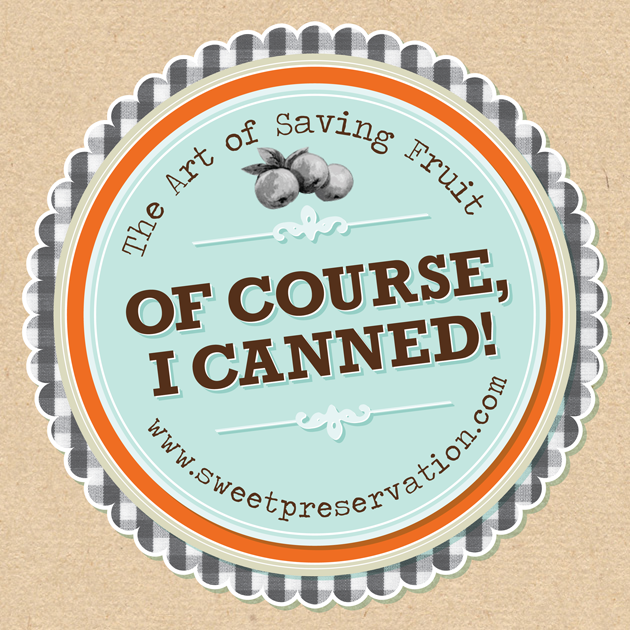Drinking Vinegar, also known as "Shrub"
 Monday, March 17, 2014 at 11:01AM
Monday, March 17, 2014 at 11:01AM This method takes 1 week, start-to-finish. About 1 hour active time.
Approximate yield: 3 cups
Drinking Vinegars, also known by some people as shrubs, are simple to make. If you're the creative type, the ability to mix & match fruit, vinegar and sweeteners will probably appeal to you.
The Food Lovers Companion definition of shrub says "Colonial-day shrubs were spiked with liquor (usually brandy or rum) but today these fruit juice, sugar and vinegar drinks are usually non-alcoholic. Shrubs are served over ice, with or without soda water."
Try adding a few tablespoons of Drinking Vinegar to a glass with ice cubes and either soda or water for a really refreshing drink. Shrubs, as these zesty beverages were called by many, were well known in the eighteenth and early-nineteenth centuries as great thirst quenchers, and were quite refreshing when battling summer heat. You'll discover that Drinking Vinegars can be straight-forward or amazingly complex, and are a fun alternative to fruit juice, soda pop and cocktail mixers.
To use them as a cocktail mixer, first put ice in a glass, then add a few tablespoons of Drinking Vinegar, a shot of Vodka and then top the glass with club soda. A sprig of mint and a squeeze of lemon or lime are a nice addition too.
- Start with any kind of fruit.
- Seed and coarsely chop *whole fruit, and add it to a quart jar.
- Mash fruit in jar, using a wooden spoon, for a minute or so before adding the vinegar.
- Top off the jar with any type of vinegar and let it sit at room temperature for about a week, stirring once per day. I like to write the content of the jar on a paper napkin, paper towel or doily, along with the date, then cover the jar with the napkin and secure it with a rubber band. This keeps fruit flies or dust out and helps me keep track of what's in the jar. Sometimes I have several going at once, and if I use different vinegars it's easy to forget what is in each and every jar.
Some good combinations:
Apples & Apple Cider Vinegar
Pears & (unseasoned) Rice Vinegar
Pineapple & Distilled White Vinegar
Strawberries & White Balsamic Vinegar
Experimenting with different types of vinegar, like distilled white vinegar, apple cider vinegar or rice vinegar can yield wildly varying results.(All good!)
- After you let the fruit infuse into the vinegar for a week, strain the liquid into a saucepan and add some type of sweetener -- again -- you can get creative. I prefer evaporated cane juice sugar, but you can use white sugar, brown sugar, honey or pure maple syrup.
- Add 1/2 cup of sweetener to the liquid and simmer for 5 minutes, stirring until the sweetener dissolves and incorporates.
- Filtering is optional, depending on whether you want your finished product to be clear. You can use a fine sieve, cheesecloth or coffee filters. Pears, for example, left behind a lot of sediment that would have made the Drinking Vinegar cloudy. Choosing to filter, or even filter twice, is purely a matter of esthetics. The sediment does not affect the flavor. Once filtered and stored in the refrigerator, tightly-capped, the Drinking Vinegars keep practically forever. I have a feeling you'll enjoy 'em so much that you'll want to try making them with a variety of fruits, and keep a few bottles in the fridge all year 'round.
*Use common sense. Organic apples don't need to be peeled. Pineapple needs to be peeled.
 Brook Hurst Stephens | Comments Off |
Brook Hurst Stephens | Comments Off | 







